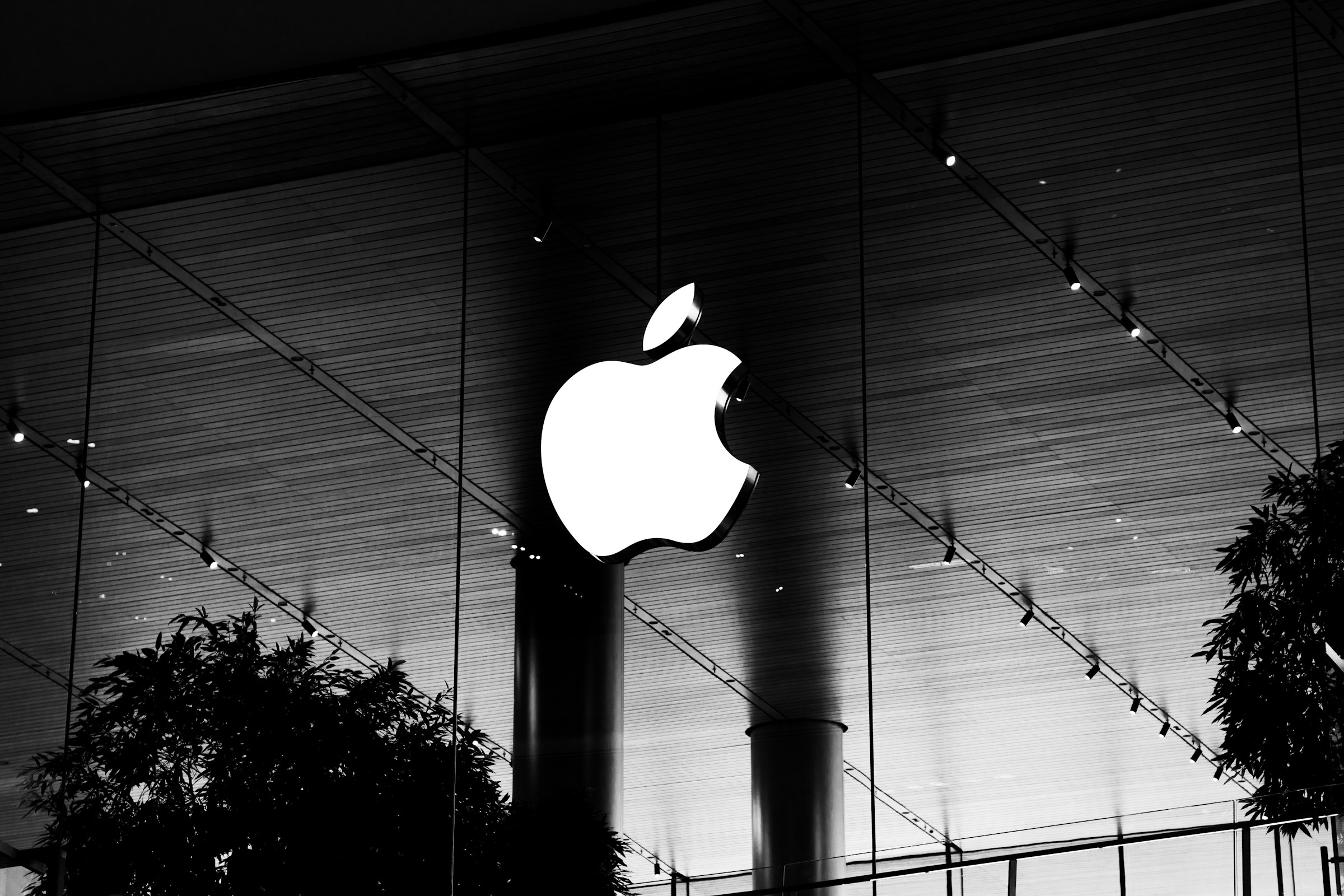Masimo sues US Customs is more than an IP headline; it is a live test of how U.S. trade-remedy law interacts with fast software pivots. On August 20, Masimo filed suit in Washington, D.C., arguing that U.S. Customs and Border Protection (CBP) unlawfully cleared Apple to import watches that restore blood-oxygen functionality despite an International Trade Commission exclusion order tied to Masimo’s pulse oximetry patents. The company wants the court to halt CBP’s ruling and keep the ban intact for devices re-enabling the feature.
The immediate trigger is Apple’s August reintroduction of blood-oxygen readings to recent models via a redesign that shifts computation and presentation to the paired iPhone’s Health app rather than the watch face. Apple said it acted after a recent customs decision and began rolling out the capability to eligible units in the U.S. through a software update. In effect, hardware remains similar, while the locus of “infringing use” is argued to sit off-watch. CBP’s green light, as reported, opened the door.
Masimo’s complaint centers on process and scope. It claims CBP reversed course with little transparency—issuing an internal advice decision that Masimo says it discovered only after Apple announced the feature’s return—and that the agency exceeded its authority by effectively narrowing an ITC exclusion through a private ruling on a software-dependent configuration. The ask is straightforward: vacate CBP’s approval and reaffirm the import bar for Apple Watches that can perform the disputed measurement.
The backdrop matters. In late 2023, the ITC found certain Apple Watch models infringed Masimo’s oximetry patents, triggering a Section 337-based exclusion order on the Series 9 and Ultra 2. Apple briefly paused U.S. sales, then resumed with functionality disabled while pursuing appeals at the Federal Circuit. The current federal court fight thus sits atop an unresolved appellate track and a running administrative dialogue about what constitutes a “redesign” sufficient to clear an exclusion order.
From a policy lens, this is not simply Apple versus Masimo. It is a question of institutional lines: what the ITC decides as to imported articles and infringing use; what CBP may interpret at the border through ruling letters; and how software architecture can re-characterize an “article” under trade law. The software-shifts-the-infringement theory—computation offloaded to a paired iPhone rather than the watch—was always going to stress the boundary between device and ecosystem. CBP’s acceptance of that framing gave Apple commercial continuity; Masimo’s lawsuit seeks to re-assert the ITC’s primacy and limit what can be done via administrative ruling without adversarial process.
There is a regional capital-flow implication. Large-cap tech’s ability to route around remedial orders through software refactors has long been assumed. If the court blesses CBP’s approach, platform companies can treat exclusion orders as design-constraints to be engineered. If the court strikes it, administrative rulings will be viewed as insufficient cover for shipping workarounds that replicate excluded functions—even when the compute locus moves. For sovereign allocators and long-only funds, the practical read is enforcement durability: how sticky are trade remedies against modular ecosystems where a phone, watch, and cloud divide the feature across multiple “articles”?
A second-order effect sits with medtech IP valuation. Masimo is arguing for remedy integrity over architectural semantics. If it prevails, licensors gain leverage; the remedy’s bite remains even when features are split across devices. If it loses, remedy certainty softens at the margin for sensor patents embedded in consumer electronics, nudging some disputes back toward damages rather than import relief. That shift would be subtle, not systemic—but in a market that prices durability of moats, subtlety compounds.
For Apple, the operational logic is clear: keep the SKU line live in the U.S., avoid hardware redesign mid-cycle, and confine legal risk to a procedural channel while the Federal Circuit appeal proceeds on the merits. For Customs, the risk is precedent. Too expansive a role in interpreting redesigns under Section 337 can invite forum-shopping pressures on complex, software-defined products; too narrow a role can jam legitimate redesigns in administrative queue for months, chilling iterative compliance. The court will weigh not only whether CBP’s decision was lawful, but what process is owed to affected patent holders when a workaround is blessed.
Comparatively, the EU’s border enforcement of IP remedies often turns more on judicial orders than agency ruling letters; manufacturers there assume fewer administrative shortcuts. If U.S. practice signals greater tolerance for software rerouting, expect more “ecosystem splitting” in American compliance plans—and a different template when products ship into Europe or other jurisdictions with tighter judicial gatekeeping.
What it signals is a recalibration, not a rupture. The case will not decide the core infringement questions—that is the Federal Circuit’s lane—but it will clarify how far administrative process can go in green-lighting software workarounds to exclusion orders. If CBP’s latitude stands, expect trade remedies to be negotiated in code paths as much as in courtrooms. If Masimo succeeds, remedy doctrine re-anchors to the function, not the file location. Either way, the outcome will echo beyond wearables. It will set expectations for how quickly platform companies can re-enter restricted markets after an ITC loss and how confidently IP owners can rely on import relief in a world where features live across devices. For now, the posture looks cautious, not permissive—and allocators should read it that way.
Administrative process is becoming a competitive lever. The lawsuit does not end the dispute; it clarifies the lane markings. Markets will digest the headline. Institutional investors already have.






.jpg&w=3840&q=75)





.jpg&w=3840&q=75)

